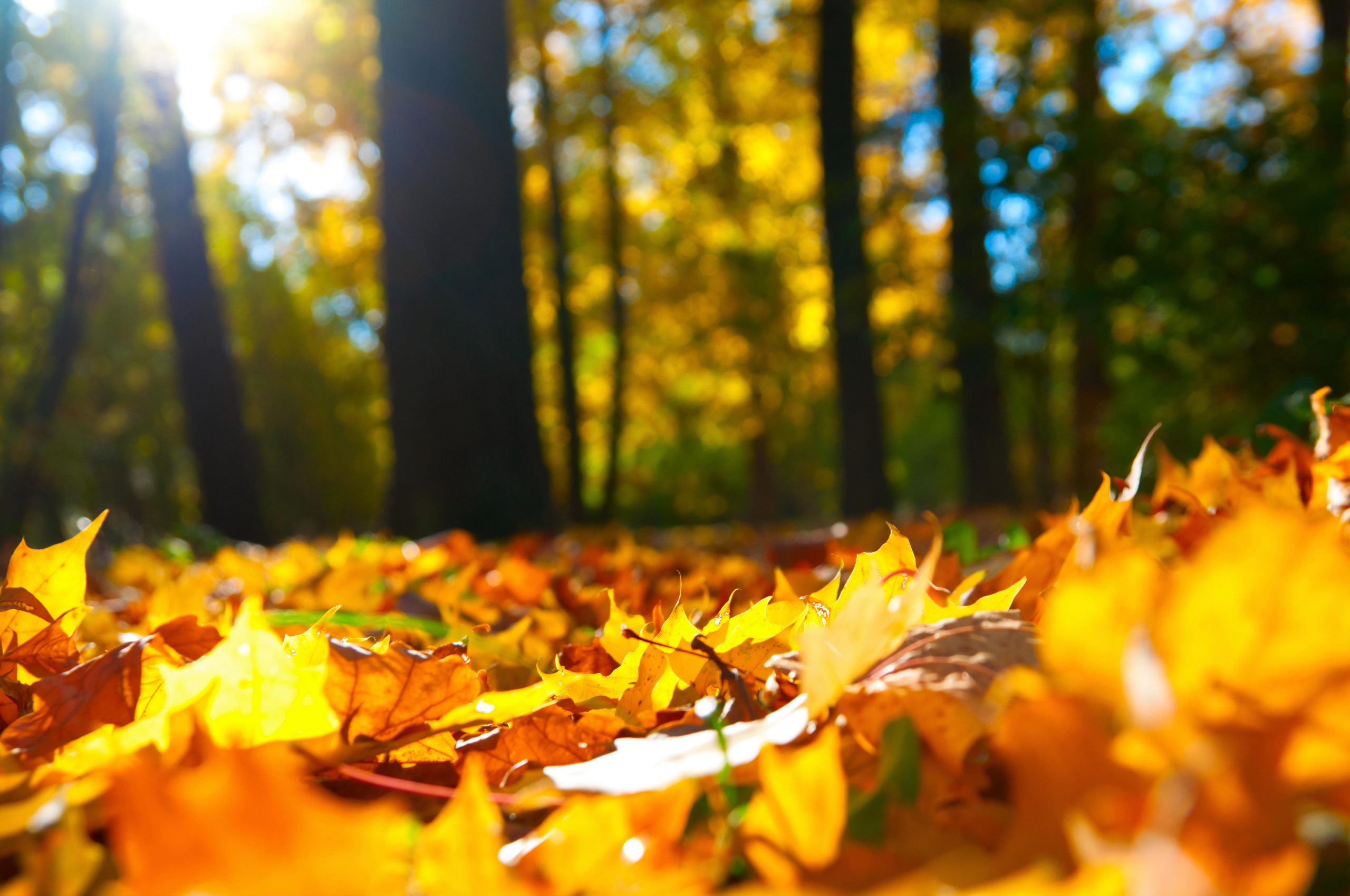THE COMMON DAISY
In homeopathic medicine this flower is known as the remedy Bellis Perennis. It is a cousin to arnica, which is one of the most well-known and commonly used homeopathic remedies. Much like arnica, it is very useful for treating many different kinds of injury. Another name for this daisy is Bruisewort—a helpful hint when it comes to remembering what this remedy is for!
Key things about Bellis Perennis:
- It is a remedy to be considered in cases of deep trauma and bruising.
For example: deep muscle injury (eg. sports injury), and trauma to internal organs (eg. after a car accident or fall). It is also great post-surgery to help with organ and deep tissue healing. - People who require this remedy will complain of a deep soreness and bruised feeling. There will often be swelling of lymph glands in the area surrounding the injury. The affected area is usually cold to the touch.
Some other things to keep in mind:
A person with a ‘bellis perennis’ injury will be worse when touched, worse on becoming chilled and worse with cold drinks. They will feel much better in the open air and when moving around.
MONKSHOOD
This flower is a member of the Buttercup family. Homeopathically, it is known as Aconite. It is not prevalent in most gardens, but is a prominent homeopathic remedy—and an extremely valuable one to have on hand! I have a few towering monkshoods growing in the cottage garden. The stalks produce beautiful, dark purple flowers and grow to be very tall. The name ‘monkshood’ comes from the appearance of the flowers—they turn over on themselves to create the impression of a hood thrown over a head—a ‘monk’s head’. Hence the name Monk’s hood. I have seen these flowers growing wild in different areas of the far north. In the Northwest Territories they can be spotted amongst grasses and shrubs, creating a nice, purple carpet in contrast to the mountainous backdrop.
Aconite is a great cold and flu remedy.
Here are some key things to remember in the symptom picture:
- Symptoms appear very suddenly after exposure to cold wind, shock or fright and they very intense, often with a great deal of pain. Restlessness is also very marked—they may have trouble keeping still.
- People needing aconite are oversensitive to many things—eg. light, pain, noise, touch. They typically feel worse with heat and better with open air.
- Often you will see one cheek red and the other cheek pale, with constricted pupils.
- There is a great thirst for cold drinks, even though the person has cold extremities and an overall chill throughout the body.
- Aconite has a high fever with a dry, burning heat. Eventual sweating brings relief.
- The aconite cough is hoarse, dry, and hacking.
Aconite is also a great remedy for acute anxiety and fear. Again, the symptoms manifest suddenly and are very intense—most commonly after exposure to a shocking circumstance, eg. car accident, earthquake. The anxiety occurs with restlessness and with an overwhelming fear of death.
IRIS
This elegant flower can be found in the wild, growing beside Ontario rivers and lakes as well as in forested areas. This is a favorite amongst gardeners, adding a nice purple hue to the garden.
Homeopathically it is a great remedy for the classic migraine.
Here’s what you will see:
- Visual aura precedes the migraine (spots before the eyes, blurry vision). Often there will be nausea and vomiting before the headache.
- Migraines tend to be periodic, occurring at roughly the same time every week.
- The headache comes on after a period of stress. For example, after exams or public speaking, the headache begins. When the person is focused (eg. studying/writing exams) there is no problem.
- Iris patients tend to have sensitivity to sugar—migraines may come on after eating sweets.
- A person requiring this remedy will be worse in cold air and while resting. They will feel better with constant, gentle motion.
YARROW
Yarrow is a wildflower commonly found along roadsides and open fields, among other areas. It is also a nice garden pick, adding splashes of different colours to the garden. Homeopathically it is known as Millefolium and is an excellent remedy for bleeding and hemorrhaging.
When to consider this remedy:
- Millefolium is generally indicated in all wounds that bleed profusely, to help control the bleeding.
- It is a good remedy for treating heavy nosebleeds, where there’s additional congestion to the head and chest
- When there is bleeding from the edges of closed wounds, this is a good remedy. Blood is bright red, profuse, watery, and there is typically no accompanying pain.
DELPHINIUM
Another member of the Buttercup family, this flower has been called “the garden aristocrat” because of its tall, elegant appearance. It comes in a number of different shades of blue. Unfortunately, gardeners can attest to the fact that although they are beautiful, they have very weak stems and will therefore easily break if not supported or protected from the wind. Homeopathically this flower is known as Staphysagria.
Some things this remedy can treat:
- Styes on the eyelids
- Facial twitches or twitching of the eyelids
- Injuries from sharp instruments, eg. knife, glass. Consider staphysagria to help with wound healing.
- Staphysagria is a good post-surgery remedy when the incision has become infected. The person will complain of sharp, knifing pains in small spots.
It is interesting and fun to know the medicinal powers of the flowers and plants that surround us. So…the next time you’re digging in your back garden, you’ll be able to look at your flowers in a new and richer way. They’re not just pretty to look at – they actually have great healing potential!
Copyright © Inspired Life Health Centre Inc.
Reproduction of this document or any portion thereof without prior written consent is prohibited.




